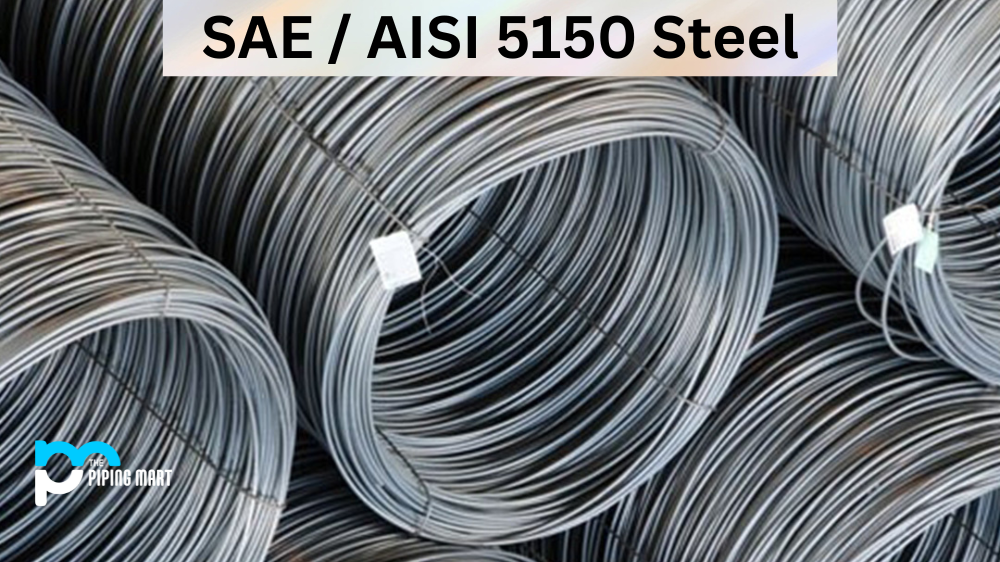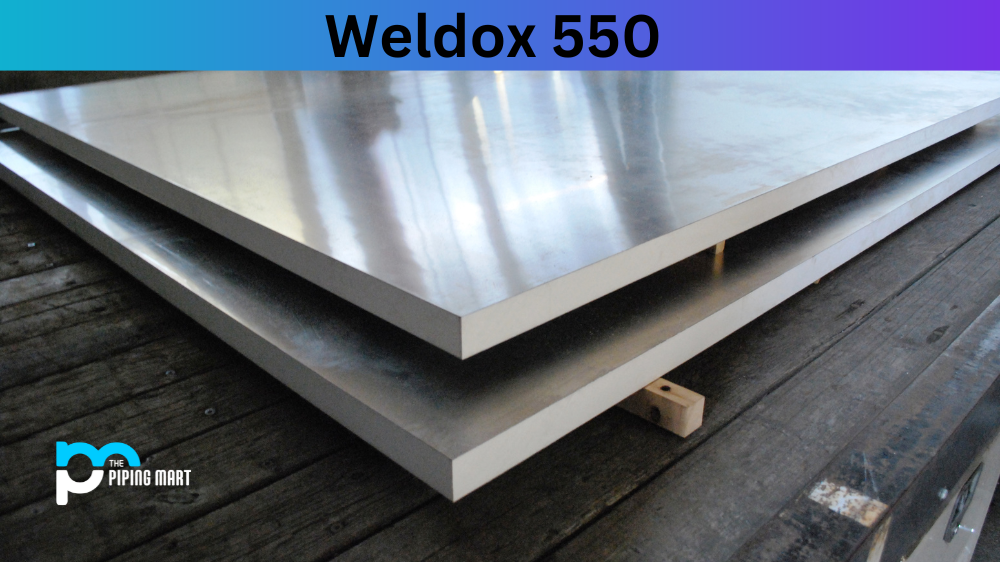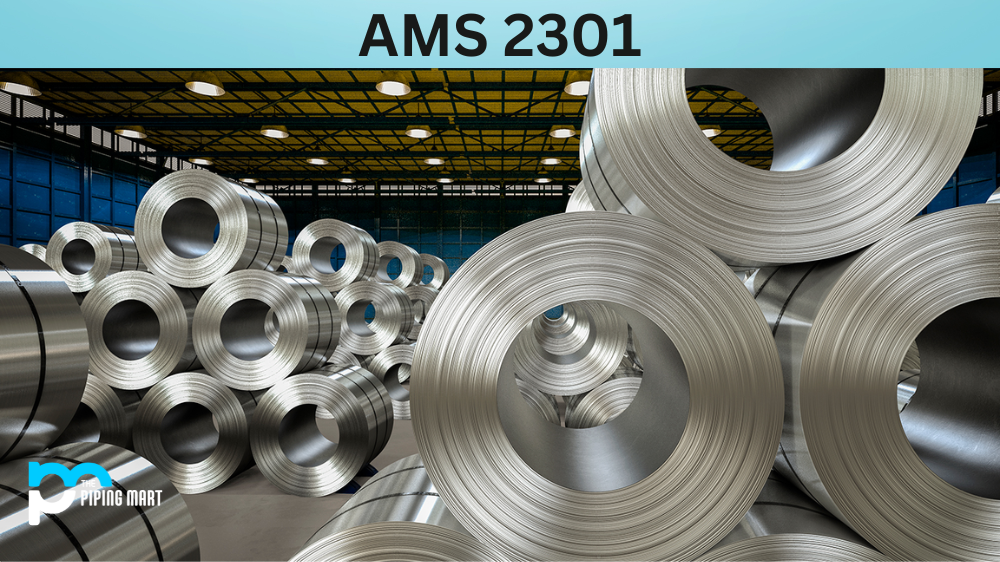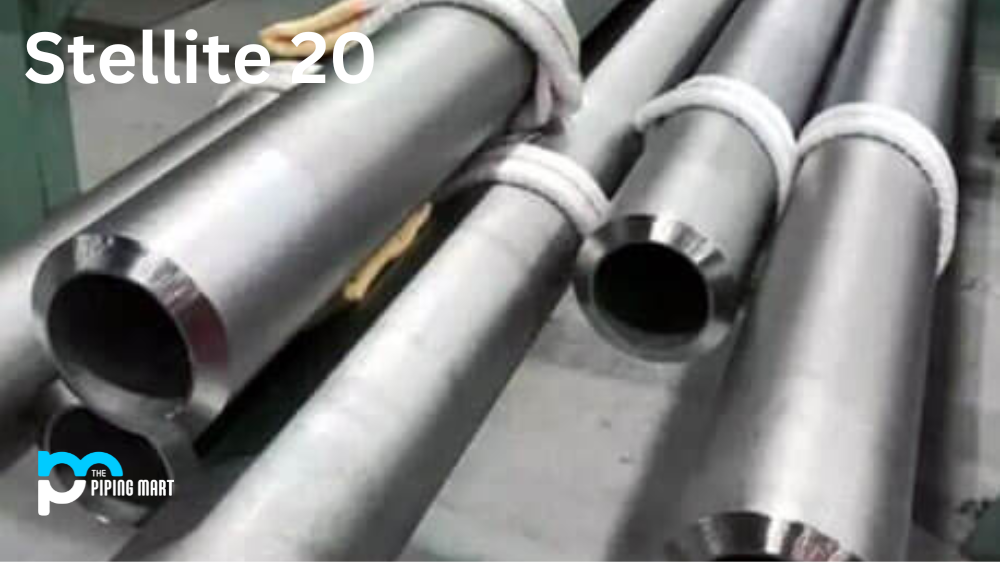If you’re looking for strong and reliable steel with superior corrosion resistance, heat resistance, and machinability, AISI 5150 steel is an excellent choice. If you’re in the market for a tough, durable alloy steel, look no further than SAE/AISI 5150. Also known as UNS G51500 or AISI 5150 steel, this alloy boasts a composition that includes carbon, manganese, and chromium, among other elements, to provide a combination of strength, toughness, and wear resistance. What sets AISI 5150 steel apart from other alloys is its ability to be easily machined and formed, making it a popular choice across a variety of industries. Whether you’re looking for a material to use in machine parts, springs, or even knives, AISI 5150 Steel is definitely worth considering. In this blog post, we’ll discuss the many benefits of using UNS G51500 steel in your manufacturing applications and the proper steps to take when welding and machining it.
What Forms of AISI 5150 is Available at Piping Mart?
- Nut
- Bar
- Bolt
- Pipe
- Screw
- Tubing
- Valves
- Washers
- Flanges
- Fasteners
- Electrodes
- Stud Bolts
- Sheet Plates
- Pipe Fittings
- Forged Fitting
- Instrumentation Fittings
AISI 5150 Composition
| Element | Content (%) |
|---|---|
| Iron, Fe | 97.29-97.97 |
| Manganese, Mn | 0.700-0.900 |
| Chromium, Cr | 0.700-0.900 |
| Carbon, C | 0.480-0.530 |
| Silicon, Si | 0.150-0.300 |
| Sulfur, S | ≤ 0.0400 |
| Phosphorous, P | ≤ 0.0350 |
AISI 5150 Physical Properties
| Properties | Metric | Imperial |
|---|---|---|
| Density | 7.85 g/cm3 | 0.284 lb/in³ |
AISI 5150 Mechanical Properties
| Properties | Metric | Imperial |
|---|---|---|
| Tensile strength | 675 MPa | 97900 psi |
| Yield strength | 360 MPa | 52200 psi |
| Elastic modulus | 190-210 GPa | 27557-30458 ksi |
| Bulk modulus (typical for steel) | 140 GPa | 20300 ksi |
| Shear modulus (typical for steel) | 80 GPa | 11600 ksi |
| Poisson’s ratio | 0.27-0.30 | 0.27-0.30 |
| Izod Impact | 26 J | 19.2 ft.lb |
| Hardness, Brinell | 197 | 197 |
| Hardness, Knoop (converted from Brinell hardness) | 219 | 219 |
| Hardness, Rockwell B (converted from Brinell hardness) | 92 | 92 |
| Hardness, Rockwell C (converted from Brinell hardness, value below normal HRC range, for comparison purposes only) | 13 | 13 |
| Hardness, Vickers (converted from Brinell hardness) | 207 | 207 |
| Machinability (annealed and cold drawn, based on 100 machinability for AISI 1212 steel) | 60 | 60 |
AISI 5150 Thermal Properties
| Properties | Metric | Imperial |
|---|---|---|
| Thermal conductivity | 46.6 W/mK | 323 BTU in/hr.ft².°F |
AISI 5150 Equivalent
| AFNOR 42 C 2 | AFNOR 45 C 2 | DIN 1.7006 | ASTM A322 | ASTM A331 | ASTM A505 |
| SAE J770 | ASTM A29 | ASTM A322 | ASTM A331 | ASTM A506 | ASTM A519 |
| ASTM A752 | SAE J1397 | SAE J404 | SAE J412 |
AISI 5150 Uses
5150 Alloy Steel is a high-carbon chromium alloy steel that is used in numerous industrial applications. It has excellent wear resistance and fatigue strength. It can be used in the manufacture of components, including gears, shafts, axles, cams, crankshafts, springs, and fasteners. It can also be used in automotive parts such as camshafts and connecting rods.
AISI 5150 Uses in Industries
Automotive Industry
AISI 5150 steel is commonly used in the automotive industry for its strength and toughness. It is often used to produce gears, axles, and other components that require resistance to wear and fatigue. Its ability to be hardened and tempered also makes it suitable for use in suspension systems.
Construction Industry
AISI 5150 steel is used in the construction industry for various structural applications such as beams, columns, and supports. Its high strength-to-weight ratio makes it a popular choice for building structures that must withstand heavy loads. It is also corrosion-resistant, making it suitable for outdoor construction projects.
Aerospace Industry
The aerospace industry relies on AISI 5150 steel for its high strength and durability in extreme conditions. It is commonly used in aircraft landing gear components, engine parts, and other critical structures that require strong and reliable materials. Its ability to withstand high temperatures makes it suitable for jet engines.
Oil and Gas Industry
AISI 5150 steel is utilized in the oil and gas industry due to its excellent mechanical properties at elevated temperatures. It is often used in drilling equipment, pipelines, and other components exposed to harsh environments such as high pressure and temperature fluctuations.
Manufacturing Industry
In the manufacturing industry, AISI 5150 steel finds application in various machinery, such as industrial knives, saw blades, and cutting tools. Its hardness and wear resistance make it ideal for these applications where sharpness retention is crucial.
Defense Industry
The defence sector also utilizes AISI 5150 steel for its high impact resistance and shock absorption properties. It can be found in military vehicles, weapons systems, and armour plates because it can withstand extreme forces without deforming or breaking.
AISI 5150 Corrosion Resistance
Due to its high carbon content, SAE/AISI 5150 steel offers excellent corrosion resistance to both acidic solutions and alkaline solutions. This makes it an ideal choice for components that will be exposed to harsh chemicals or moisture. Its corrosion resistance is further enhanced by its chromium content which helps to prevent oxidation damage.
AISI 5150 Heat Resistance
SAE/AISI 5150 steel has good thermal properties, which make it suitable for use at higher temperatures than other steels, such as mild steel or stainless steel. It is able to withstand temperatures up to 1000°C without suffering any significant reduction in mechanical properties. This makes it perfect for components that will be exposed to high temperatures, such as automotive exhaust systems or turbochargers.
AISI 5150 Heat Treatment
SAE/AISI 5150 can be heat-treated using conventional methods such as tempering or hardening processes. Tempering consists of heating the material above its critical temperature followed by quenching in water or oil to achieve desired hardness levels, while hardening involves heating the material above its critical temperature before quenching in water or oil for maximum hardness levels. Both processes should be done carefully so as not to cause any unwanted distortion or cracking due to rapid cooling from high temperatures.
AISI 5150 Machining
SAE/AISI5150 can be machined using conventional methods such as turning, drilling, and milling operations, with carbide tools being recommended due to their high hardness levels compared with other steels such as mild steel or stainless steel. The material should also be preheated before machining operations due to its relatively slow rate of work hardening, which could lead to excessive tool wear if not preheated first. Additionally, the coolant should always be used during machining operations so as not to overheat the material, which could lead to cracking from rapid cooling from high temperatures caused by friction from cutting tools during machining operations.
AISI 5150 Welding
Welding SAE/AISI5150 requires careful selection of welding process parameters due to its relatively low ductility compared with other steels such as mild steel or stainless steel. Gas tungsten arc welding (GTAW) is generally recommended due to its ability to generate good quality welds with minimal distortion compared with other welding processes, such as oxyacetylene welding (OFW). When GTAW is used on this material, appropriate shielding gas should also be employed to ensure complete penetration during welding operations along with correct selection current based on the size thickness being welded. Additionally, care must be taken to ensure adequate preheat temperatures are maintained prior to commencing the welding operation. Failure may result in poor weld quality cracking from rapid cooling from high temperatures caused by heat generated during the welding process.
Conclusion:
In conclusion, SAE/AISI 5150 steel provides engineers and manufacturers with a reliable solution for their applications. With excellent corrosion resistance, heat resistance, machinability, weldability, and heat treatment options, it’s no wonder this steel has become popular in many industries. However, r care must always be taken when using this material, so ensure adequate preheat temperatures are maintained and coolant is used when machining operations take place. This will ensure steel properties are maintained during operations which will help ensure proper functionality of the final component.

Abhishek is a seasoned blogger and industry expert, sharing his insights and knowledge on various topics. With his research, Abhishek offers valuable insights and tips for professionals and enthusiasts. Follow him for expert advice on the latest trends and developments in the metal industry.




